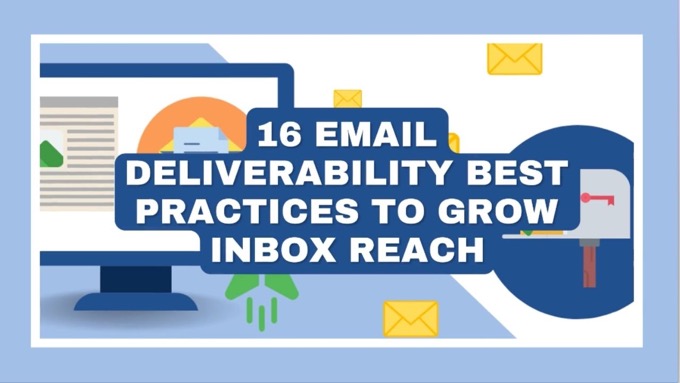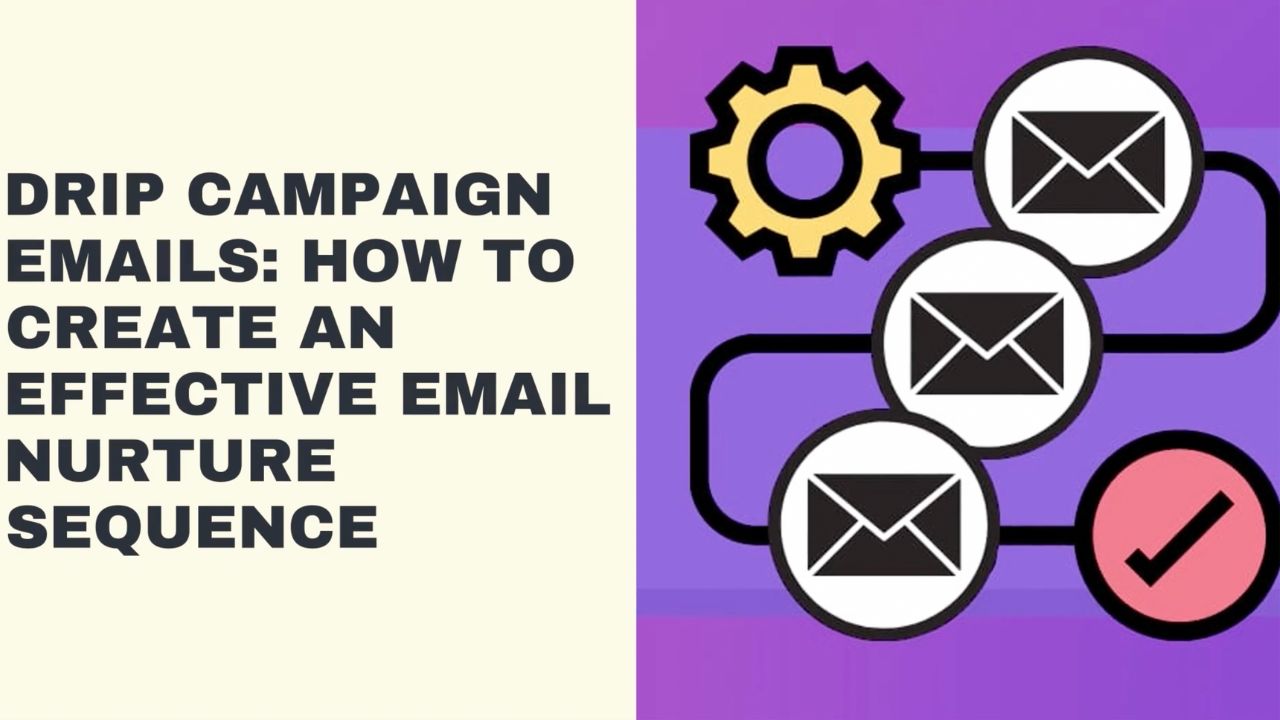The deliverability of your messages is pretty crucial for email marketing success.
After all, if a bunch of subscribers never even see your email, that has a big impact on your bottom line.
While deliverability is outside your direct control, there are several things you can do to influence and improve it.
Take a good look at each of these 16 email deliverability best practices, and determine whether you're doing it already, or need to adopt it as soon as possible.
One of the most important factors for successful email marketing is the deliverability of your messages. Maximizing email deliverability maximizes revenue from your campaigns.Click To Post OnBut first…
What Does Email Deliverability Mean?
Email deliverability relates to the proportion of emails that reach subscriber inboxes based on the number of emails you send out.
It’s normally expressed as a percentage. So if you send out 100 emails, and 70 of them arrive, your email deliverability is 70%.
Why Is Email Deliverability Important?
Email deliverability has a direct impact on the revenue that your email marketing activities generate.
If your emails are not reaching say 10% of your list, that’s a 10% reduction in potential revenue, which is of course significant.
Working to improve your email deliverability means more effective email marketing, higher revenue, and a healthier business overall.
Working to improve your email deliverability means more effective email marketing, higher revenue and a healthier business overall.Click To Post OnHow Do I Improve Email Deliverability?
With email deliverability so important, here are 16 best practices to help improve and maximize it.
Note that if you’re using a reputable autoresponder or email campaign service, some of these will be covered automatically for you by them.
1. Add Authentication
Email authentication is a way to prove to ISPs that your email is genuine and hasn’t been forged.
That’s because, technically, it’s relatively easy for someone to send an email that looks like it’s ‘from’ an email account they don’t own or control.
So without the correct authentication, any incoming email immediately becomes suspect and may end up in the spam folder or not delivered at all.
The main methods used for authentication are as follows:
- SPF—this is set through the DNS records for your domain, and defines which IPs or domains emails are authorized to be sent from for your domain. Here’s how it looks for EverywhereMarketer:

- DKIM—this involves the use of an encryption key and digital signature that email providers can use to verify the email’s authenticity. The digital signature is attached to the sender email address, which is then checked against the encryption key in the DNS records for the domain. Here’s an example of that key held in EverywhereMarketer’s DNS records:

- DMARC—stands for Domain-based Message Authentication, Reporting and Conformance. A bit of a mouthful, but in essence this is used to tell ISPs how to process unauthorized emails that otherwise appear to come ‘from’ your domain. Even if you have SPF and DKIM set up, most ISPs will still allow such emails to go through. But they can still end up in spam. With DMARC, that’s less likely, improving your deliverability. Here’s EverywhereMarketer’s DMARC record in our DNS:

All three types of authentication can, and probably should, be set up for your domain. Speak with your developer to check what you have already and whether anything further should be added.
2. Allow Your Sender Reputation to Grow
If you’re working with a brand new domain, it’s best not to send a huge number of emails from that domain straight away because it looks unnatural and suspicious.
Instead, email providers expect the number of people you are emailing to grow steadily over time, and will assess your practices as you do so.
Maintain best practices, and your sender reputation will grow over time, improving deliverability as your list grows in size.
3. Check Feedback from People Who Unsubscribe
When someone leaves your list by clicking the unsubscribe link in an email, many email campaign services provide a form to allow some feedback or a reason for unsubscribing.
Usually there’s a way to see a report of this type of information.

Their feedback can be useful in helping to improve communications with your list, and thereby your email deliverability.
For example, if common feedback includes people saying they don’t remember requesting your content or opting in in the first place, you might look to:
- Increase the frequency of your communications
- Include information about when and where the subscriber opted in
- Analyze your emails to see if there’s a difference between where someone opted in, and the identity presented in the emails you send.
Doing so can help prevent people reporting your emails as spam, negatively impacting deliverability.
4. Avoid Low Quality Opt-Ins
Part of improving the quality of your list involves more effectively gatekeeping who joins your list in the first place.
Some subscription forms for example can become targets for spammers, where email addresses are subscribed by automated bots for inboxes that don’t really exist, are unmonitored, or owned by people who don’t want to join your list.
So firstly, if you notice these types of email addresses coming through (they’re generally easy to spot as they may for example look like random letters before the ‘@’ or have unusual-looking domain names) speak to your developer about what you can do to prevent automated form submissions.
However, be wary if they suggest using something like reCAPTCHA, as this will significantly reduce the number of genuine leads that come through too—not what you want to happen! A more creative approach is likely required.
Secondly, monitor the email addresses that sign up. Delete those that look suspect or problematic as soon as possible. For example, an email address such as ‘i_hate_spam@gmail.com’ is likely to cause problems.
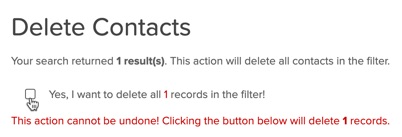
Thirdly, remember that the more information you ask for when someone joins the list, the higher the lead quality is likely to be, because you’re increasing the barriers to entry.
So if you’re solely asking for an email address, that requires only a minimal level of interest in what you’re offering.
If you ask for a name as well, people need to spend a little more time to sign up, requiring a higher level of commitment and attracting leads who generally have a slightly higher level of interest.
One way to grow email deliverability is to avoid low quality opt-ins in the first place. Higher quality leads send better signals and grow deliverability.Click To Post OnPlus, it gives you the advantage that if someone enters random text as their name (or even something abusive!), the lead is likely to have little interest in what you send them and can be immediately deleted.
5. Use Double Opt-In
For email marketers, there’s a constant debate around the question of whether to use single or double opt-in for their lists.
What’s the difference?
Double opt-in is where you ask the subscriber to confirm they want to hear from you after signing up.
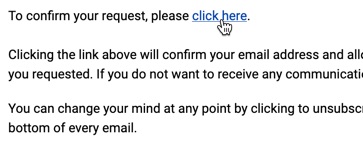
In contrast, with single opt-in, as soon as someone enters an email address into the subscription form, they’re on your list.
Double opt-in ensures that someone is really interested in hearing from you—because they go to the trouble of taking the additional step—which therefore increases your list quality.
But you end up with fewer leads on your list, and lose out on prospects who may have still become customers at some point.
However, best practice in terms of maximizing email deliverability is to use double opt-in.
Even if that means fewer new leads coming through overall, the higher email deliverability means you’re likely to reach a higher percentage of them.
6. Make It Easy to Unsubscribe
It’s a legal requirement in most jurisdictions to provide an easy way for subscribers to opt out—but it’s also best practice.
If someone can’t see an easy way to unsubscribe from your emails, their next obvious best choice is to mark your emails as spam, which can end up damaging your reputation and deliverability.

Most email list services will include unsubscribe links automatically to your emails.
However, avoid trying to hide or bury the link, such as by adding lots of white space at the end of your email, hoping the subscriber won’t scroll down far enough.
If someone’s not interested in your content, they’re likely to just stop opening your emails anyway, and lower open rates can damage email deliverability.
It’s better for you if they simply unsubscribe.
In addition, tell people how to unsubscribe early in your relationship. It builds trust with those intent on hearing from you, and encourages those who would likely rapidly lose interest anyway to leave your list.
7. Clean Your List Regularly
Keep your list clean.
That means removing email addresses from your list regularly that are hard bouncing, or have been soft bouncing for a while.
So what’s the difference?
- A hard bounce means a permanently non-deliverable email address. For example, the domain may have expired, or the email address ceased to exist.
- A soft bounce means the email address is still valid and that emails might reach the relevant inbox in future. Reasons for the soft bounce include a full inbox or a temporary network problem.
If an email address has been soft bouncing for more than a few days, it’s unlikely that you’ll be able to reach them successfully in future, and the quality of the lead is likely to be low. Best practice is to simply remove that email address from your list.
Most email campaign services will provide a way for you to find such email addresses and remove them. Some will automatically remove hard-bouncing email addresses from your list or not try to deliver to them in the first place.
8. Provide High Value
One way to help ensure people continue to open your emails and be interested in them is to provide high value, such as a regular supply of quality information they find helpful.
Consider the reason why you exist in that subscriber’s email inbox.
Why should they be opening your email, over and above every other email they receive?
The ‘value’ you provide is also based on:
- The relationship you have with your list…
- Their perception of you, including how you were ‘framed’ in their mind when they signed up. For example, did they subscribe to your list as a result of a referral from someone they already trusted, or maybe as a result of reading, seeing or listening to your content?
9. Set Expectations
Let people know what to expect early in your relationship so they’re not surprised (or worse, disturbed) by the content you send them.
In your offer to them—such as in the subscription form—be clear about what they’re actually subscribing to.
For example, SearchEngineJournal’s email subscription form makes it clear that subscribers will be getting content from them daily, and that the content will contain the latest industry news:

Note also that they enable subscribers to specify exactly what they are interested in, making it more likely that incoming emails will be opened, and aiding deliverability in general.
10. Be Consistent
Be consistent both in the frequency of your communications and the nature of what you send.
For example, if you’ve always communicated with your list once a week and suddenly shift to once a day, you'll likely start getting complaints that can affect your future email deliverability.
Similarly, if you’ve always sent content-based emails but suddenly shift to a stream of ‘buy now’ offers, it’s inconsistent and likely to damage your relationship with subscribers and cause email deliverability problems.
If you do need to make changes, do so gradually and/or be clear with your subscribers what you are doing and why, reminding them of their ability to opt out should they wish to.
11. Use Effective Subject Lines and Preview Text
Getting subscribers to open the emails you send them is crucial.
This is one of the most important metrics ISPs use to judge a recipient’s interest level, and helps determine how your emails are treated in future. Your emails are more likely to end up in spam if the recipient has stopped opening them.
The job of the subject line of your email is to get your recipient to open that email. It’s the equivalent of a headline in sales copy.
And then there’s the preview text that is often shown alongside and acts a bit like a subheadline.
This might simply show the start of the email, but can also be explicity set to help increase opens.
For example, here is an email from MarketingProfs. The preview text complements the subject line, but doesn’t reflect text at the start of the email, indicating it’s been explicitly set.
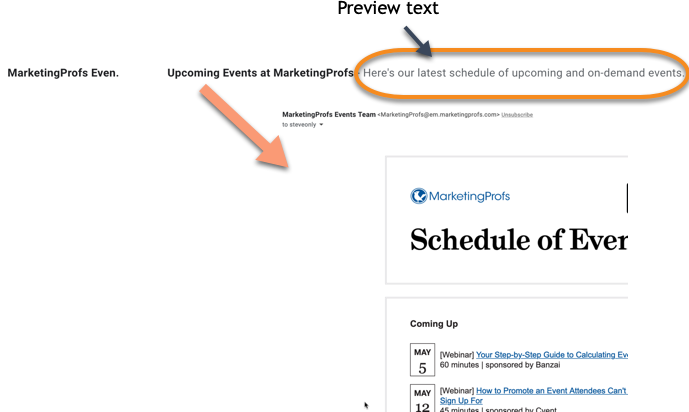
To improve your own email subject lines, study others that work—here are over 200 such examples.
Use techniques such as using personalization, which can mean emails are 26% more likely to be opened.
However, personalization doesn't just mean using the recipient's first name. AppVault increased their open rates 5 times by using another piece of personal information, the name of an applicant tracking system.
Also, don’t forget what shows in the From name too. This is another key determining factor for whether or not someone chooses to open your email.
- 68% of Americans say they decide on whether to open an email or not based on the From name.
12. Provide Engagement Opportunities
As well as opening your email, another metric ISPs look at is what happens when the recipient has done so.
For example, do they quickly close and delete it, or do they positively engage with it, such as by:
- Clicking a link in the email
- Sending a reply
Both indicate an elevated level of interest in the email and relationship with the sender.
While the former is easy to achieve, every now and again ask recipients to reply to you directly, such as by asking them for feedback on something.
To help grow email deliverability provide engagement opportunities in the emails you send. As well as clicks, ask recipients to reply directly or forward messages.Click To Post On13. Optimize for Mobile
Have you ever checked how your emails look on mobile?
If not, now’s the time to do so.
It’s vital to ensure your email is easy to read on mobile—as well as any website they may click through to from your email—by actually testing what it looks like.
Here’s why (source):
- 60% of emails are read on mobile devices
- 7 out of 10 users will quickly delete an email if it doesn’t display correctly on their mobile.
What’s more, emails received on mobile are 65% more likely to bring customers to your website. In other words, they’re more likely to click on mobile, in doing so sending a positive signal to ISPs that impacts your email delivery.
14. Use Consistent Identification
We’ve already mentioned the From name as an important factor for deliverability.
This needs to be consistent so people are clear who it’s from.
For whatever reason, some businesses email their lists with different people showing in the From line at different times, and no other indication as to who the email is from.
This seriously damages open rates, and therefore deliverability. If the recipient has no prior relationship with who they see in the From name, they are far less likely to open the email, and may even assume it to be spam.
So use consistent identification. If you need to change it, let your list know beforehand and/or do so gradually.
For example, if you traditionally use a personal name in the From and emails need to start coming from a new person, include the business name in the From as well so that recipients will still recognize it.
15. Segment Your List
Another way to increase open rates is to maximize the relevance of what you’re sending to the people you’re sending it to.
For example, if your email list consists of people from different countries, and you have an email that’s only relevant to people in England, you don’t want to send it to everyone, only those who live in England.
Doing so involves segmenting your list, such as based on your subscriber’s:
- Location
- Interests
- Interest level in a particular product or service
- Stage in your sales funnel
For example, you may keep a record of a subscriber’s location based on information they entered when subscribing, or based on their IP address.
You may know what a subscriber is interested in based on what they signed up for or actions they have taken since being on your list.
You’ll likely know what stage they are at in your sales funnel by where they are currently at in your message sequences.
Check out our full guide on email list segmentation, or watch this quick overview:
16. Use Email Testing Tools
It’s a good idea to run an example email through a testing tool such as Mail Tester.
This gives you a temporary email address to send an email to, after which it will produce a report.
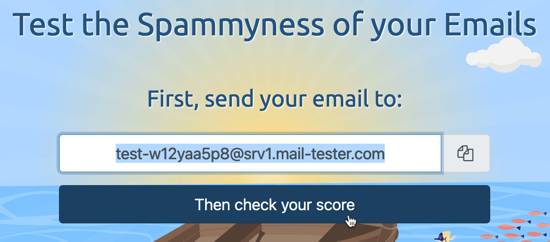
They’ll identify common issues such as:
- Authentication issues (see #1 above)
- Content identified as possible spam
- Usability issues, such as setting the ‘alt’ text on images
- Whether your domain has been blacklisted
- If the email contains any broken links
Ideally you’ll see a positive result like this, with perhaps only a few minor issues to rectify where possible:

If not, you’ll see exactly what is currently impacting your email deliverability levels.
Frequently Asked Questions
What does email deliverability mean?
Email deliverability relates to the proportion of emails that reach subscriber inboxes based on the number of emails you send out.
Why is email deliverability important?
Email deliverability directly impacts the revenue generated by your email marketing activities, ensuring emails reach a higher percentage of your list for increased effectiveness.
How do I improve email deliverability?
Improve email deliverability by implementing 16 best practices like authentication, sender reputation growth, feedback analysis, quality opt-ins, and engagement opportunities.
To Conclude
WIth these email deliverability best practices, you now know exactly how to improve deliverability, avoid common pitfalls, and ensure your email marketing reaches as many of your subscribers as possible.
